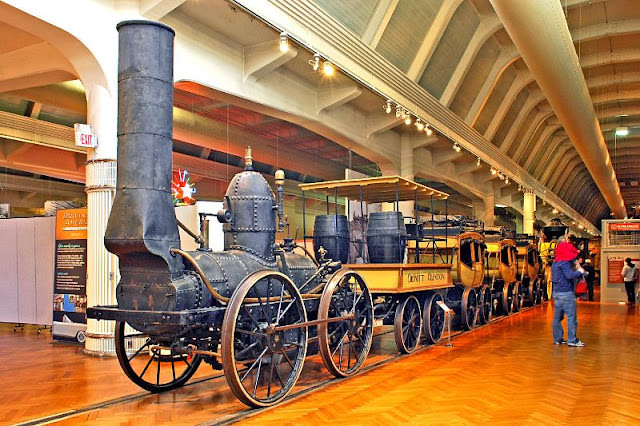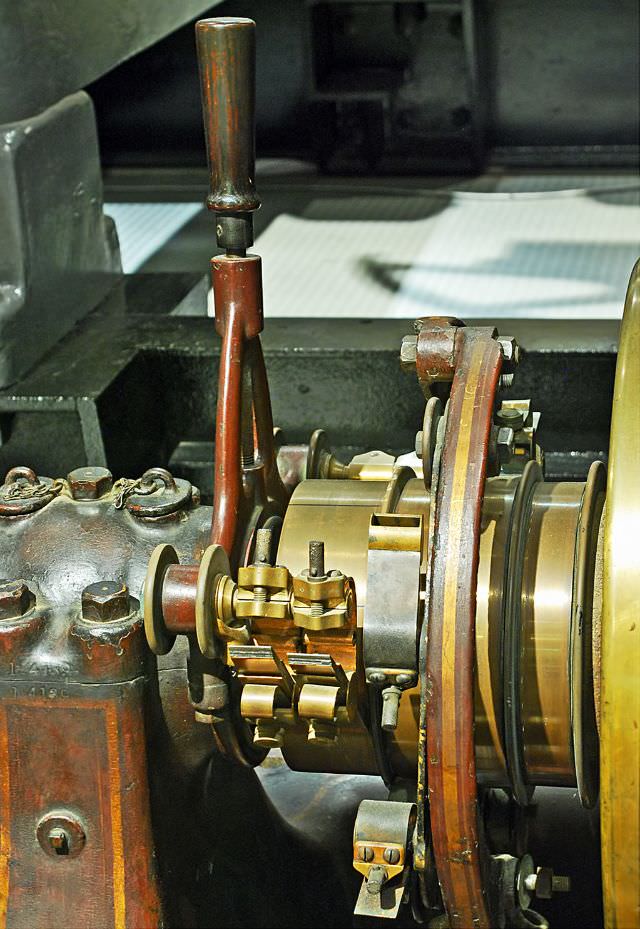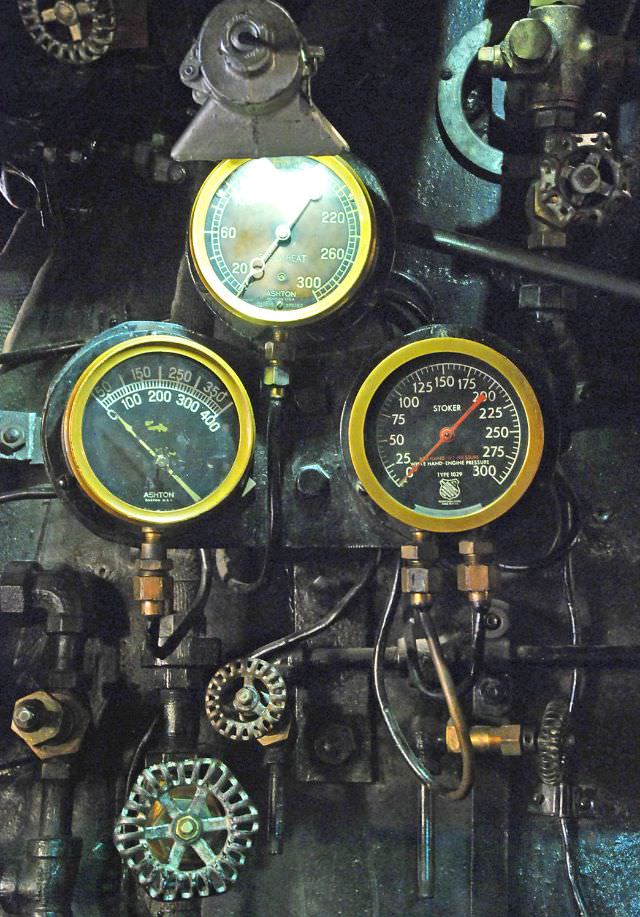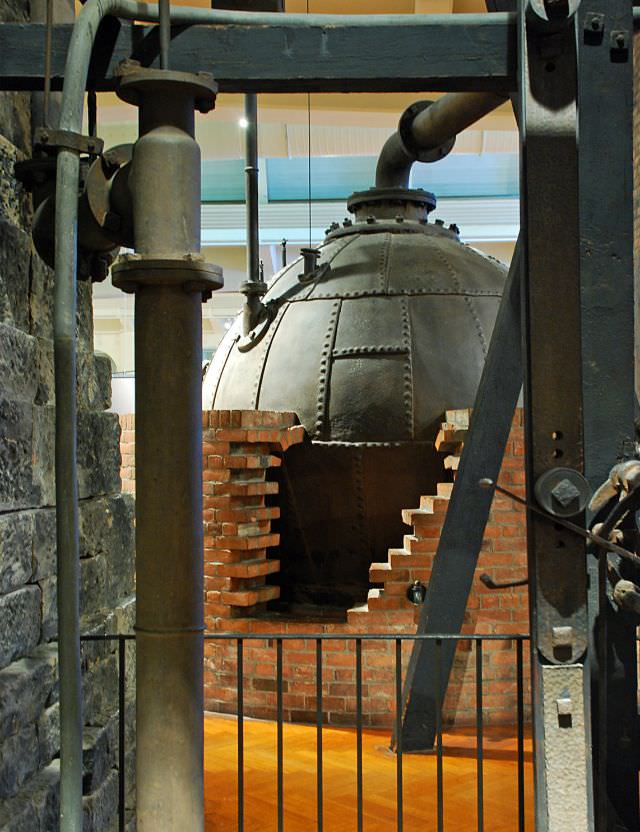Nestled in the heart of Dearborn, Michigan, the Henry Ford Museum of American Innovation and Greenfield Village, commonly known as the Henry Ford. This expansive museum complex, also known as the Edison Institute, offers visitors an immersive dive into the country’s rich historical narrative, featuring pivotal moments and figures that have defined the American experience. With exhibits ranging from the presidential limousine of John F. Kennedy to the Rosa Parks bus, the Henry Ford Museum presents a unique blend of history, technology, and social evolution.
Founded by automotive pioneer Henry Ford and opening its doors to the public in 1929, the museum and the village were born out of Ford’s desire to preserve the American spirit of innovation for future generations. This vision has culminated in the largest indoor-outdoor museum complex in the United States, attracting over 1.7 million visitors annually. Recognized for its historical significance, the complex was listed on the National Register of Historic Places in 1969 and designated a National Historic Landmark in 1981
Automobiles and the Automobile Industry
The Henry Ford Museum holds one of the most significant collections of American automobiles in the world, chronicling the evolution of the automobile industry from its infancy to its global dominance. Visitors can marvel at the array of vehicles on display, from early models like the 1896 Ford Quadricycle, Henry Ford’s first attempt to build a gasoline-powered automobile, to the luxurious Duesenberg Model J, symbolizing the pinnacle of American car design and craftsmanship in the 1930s. The museum also features iconic models that shaped American culture, such as the original Model T, which revolutionized mass production and made car ownership accessible to the average American.
The museum’s railroads and steam engines exhibit pays homage to the rail industry’s critical role in shaping the American economy and landscape. Highlights include the Allegheny Locomotive, one of the largest steam locomotives ever built, and a testament to the peak of steam technology before the rise of diesel engines.
Stationary steam engines, the workhorses of the Industrial Revolution, are well represented in the museum. These engines powered factories, mills, and workshops, driving the nation’s industrial growth in the 19th and early 20th centuries. The museum’s collection includes engines of various sizes and designs, demonstrating the evolution of steam power technology and its applications in different industries.




































The Allegheny is the star of the museum. The museum also has a few other curiosities, such as Edison’s first lightbulb (still working), the chair Lincoln was sitting on when assassinated, and the limo JFK was riding in when assassinated.
i was wondering the same. The Author missed a lot of important stuff.